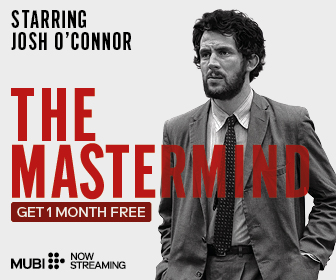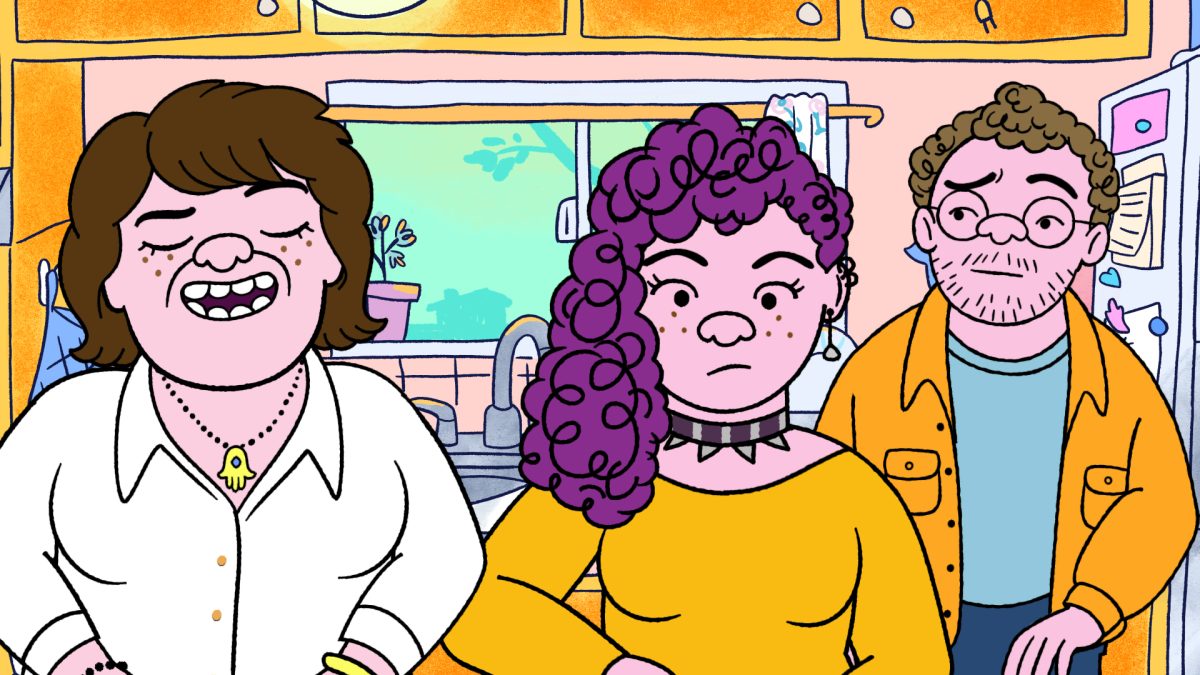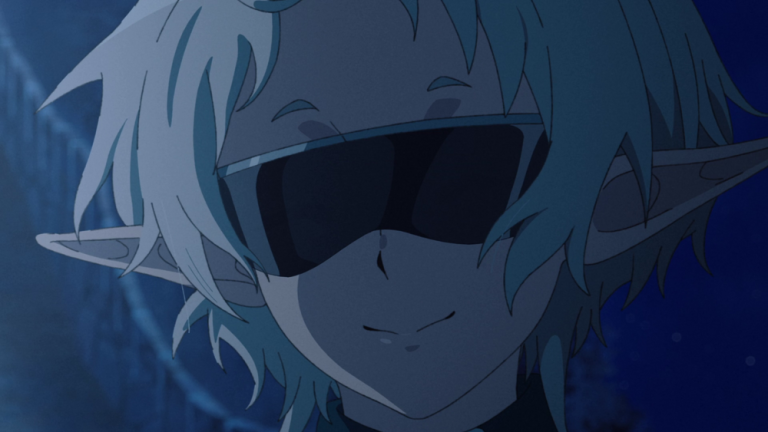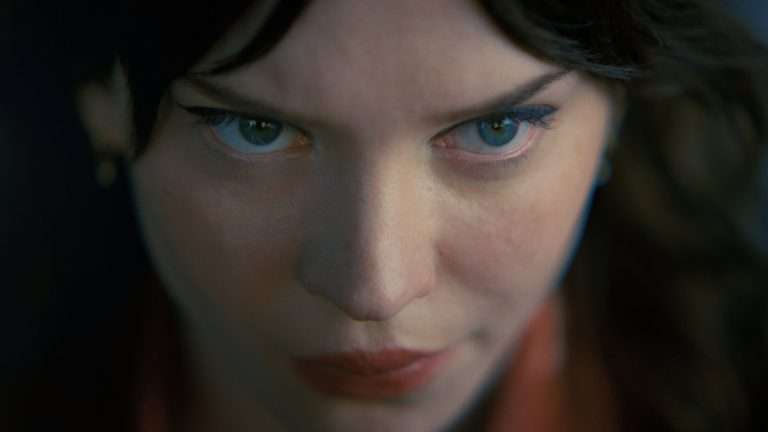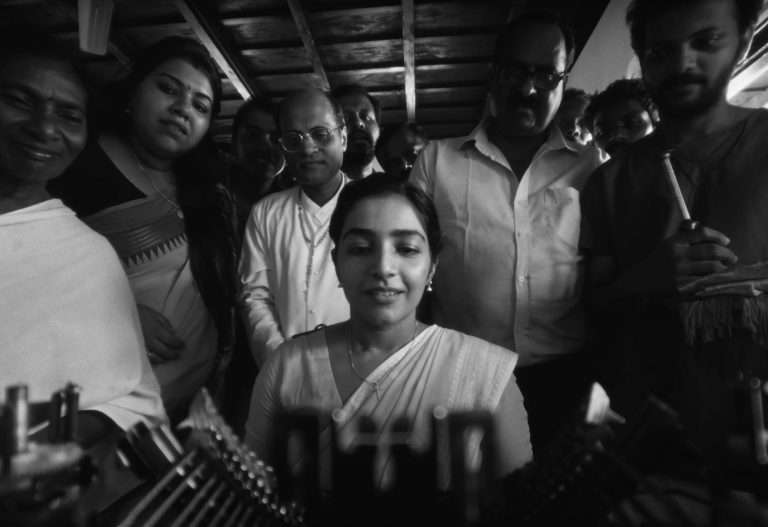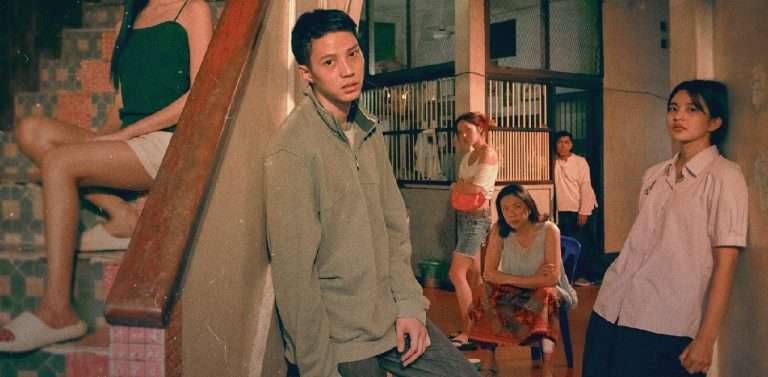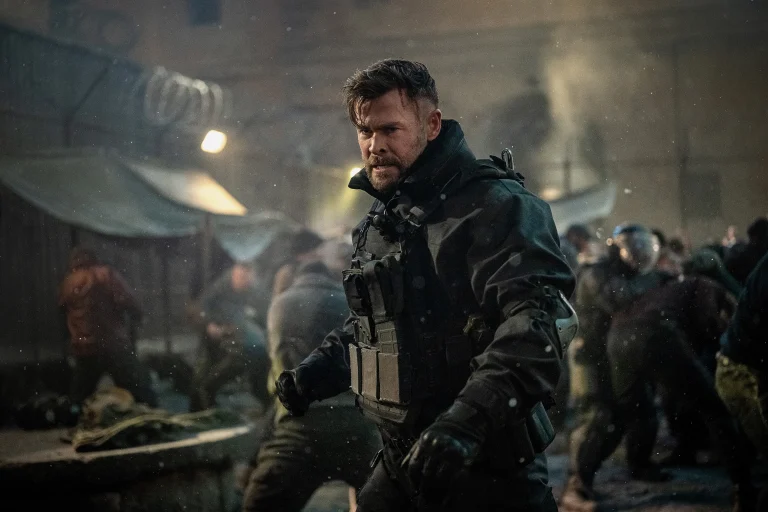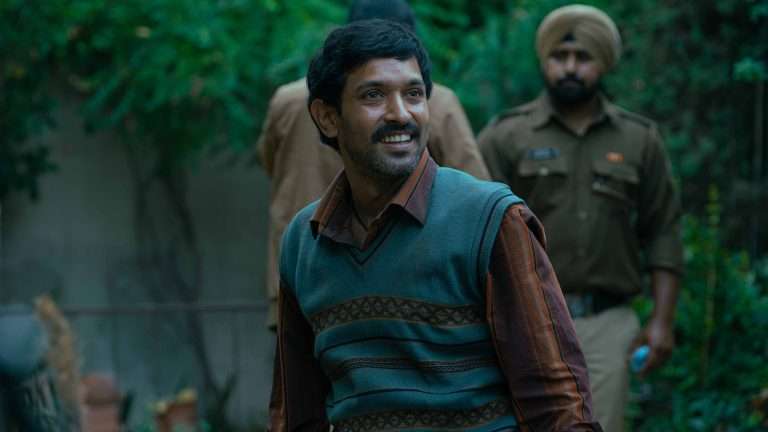On Netflix this fall arrives Long Story Short, the new animated series from Raphael Bob-Waksberg, creator of BoJack Horseman, with longtime collaborator Lisa Hanawalt overseeing its hand-drawn visual style. Told over seventy years in the life of a Jewish American family, the show leaps across decades — from childhood quarrels to adult reckonings — presenting memory as fragments rather than linear story. At once comedic and melancholic, it finds humor not in punchlines but in the rhythms of family life, where laughter and silence sit side by side. What sets it apart is its willingness to absorb the weight of Jewish identity, the unspoken grief that shadows generations, and even the collective trauma of the recent pandemic, all within the framework of an animated comedy.
When Humor Becomes a Way of Remembering
Jewish humor has always walked a line between survival and satire. From the vaudeville stages of the early 20th century to Mel Brooks’ outrageous parody, the joke has functioned as armor, a way of acknowledging pain while softening its sting. Long Story Short continues this lineage but in a quieter register. Its family dynamics are not filtered through punchlines alone but through rhythms of conversation, awkward pauses, and fleeting moments of absurdity that feel lived-in rather than written.
This approach recalls the Jewish storytelling tradition where laughter and loss are inseparable. A family dinner scene might begin with banter, only to dissolve into silence about what remains unspoken. In these tonal shifts, the show evokes what writers like Philip Roth or filmmakers such as Joel and Ethan Coen often staged in live-action: identity expressed not in symbols or sermons, but in cadences of ordinary life.
The Pandemic as Collective Trauma
Most contemporary television has shied away from depicting the pandemic, preferring metaphor or avoidance. Long Story Short takes the opposite route: it treats the pandemic as another thread in the family’s generational fabric. A mask on the table, a half-remembered conversation about illness, an atmosphere of isolation — these moments pass quickly, yet they register. The pandemic is neither plot device nor melodrama; it is remembered the way it exists for most of us, as fragments of a disrupted time.
This decision matters because comedy rarely archives collective trauma so directly. In the same way postwar Jewish comedians once transformed the memory of displacement into stand-up routines, here the pandemic is absorbed into everyday humor and melancholy. It does not dominate the narrative, but it shapes the mood — reminding viewers that history, even the recent kind, is always carried forward in memory.
Grief in Fragments, Laughter as Relief
The show’s non-linear structure is not stylistic flourish but a representation of how grief actually functions. Loss rarely arrives in a single moment; it echoes unpredictably across years. By shifting decades within the space of a scene, the series demonstrates how memory collapses time. A child’s absence in one episode may reverberate decades later in an adult’s hesitation, without explicit explanation. This mirrors the psychology of mourning, where moments are revisited not in sequence but in flashes.
Within this structure, humor plays a necessary role. A misfired joke, a sibling’s teasing, an ironic aside — these are not comedic set pieces but gestures that allow grief to be bearable. The show borrows from a specifically Jewish tradition of comedy where laughter never denies pain but coexists with it. The echo of this can be found in works as different as Woody Allen’s early films and Jerry Seinfeld’s meticulous observational humor: jokes that disguise but never erase the ache beneath.
Imperfect Lines, Imperfect Memory
Animation here is not glossy but hand-drawn, loose, and deliberately imprecise. Faces are sketched in ways that blur with memory; movements lack mechanical smoothness. This aesthetic choice underscores the series’ themes: memory is not polished, grief is not tidy, and cultural identity is rarely symmetrical. By resisting visual perfection, the series asks viewers to sit with imperfection as emotional truth.
This is not the first time animation has been used to capture memory — one recalls Ari Folman’s Waltz with Bashir, which used dreamlike illustration to reconstruct lost wartime recollections. But Long Story Short applies this technique to the domestic sphere, proving that the intimacy of family life, no less than the violence of history, demands a visual language of uncertainty and vulnerability.
A Comedy of Survival
What makes Long Story Short remarkable is not its novelty as an animated comedy, but its willingness to fuse Jewish identity, pandemic memory, and grief into a form both fragile and humorous. It carries forward a tradition where laughter is less about escape than about survival. By treating the pandemic not as spectacle but as memory, and by showing grief in fragments rather than resolutions, the series acknowledges the reality of how families live with trauma.
The result is a comedy that feels less like television and more like cultural memory. In its loose drawings and fragmented time, it preserves not just the story of one family but the wider truth that laughter and grief, far from being opposites, are inseparable ways of telling who we are.

